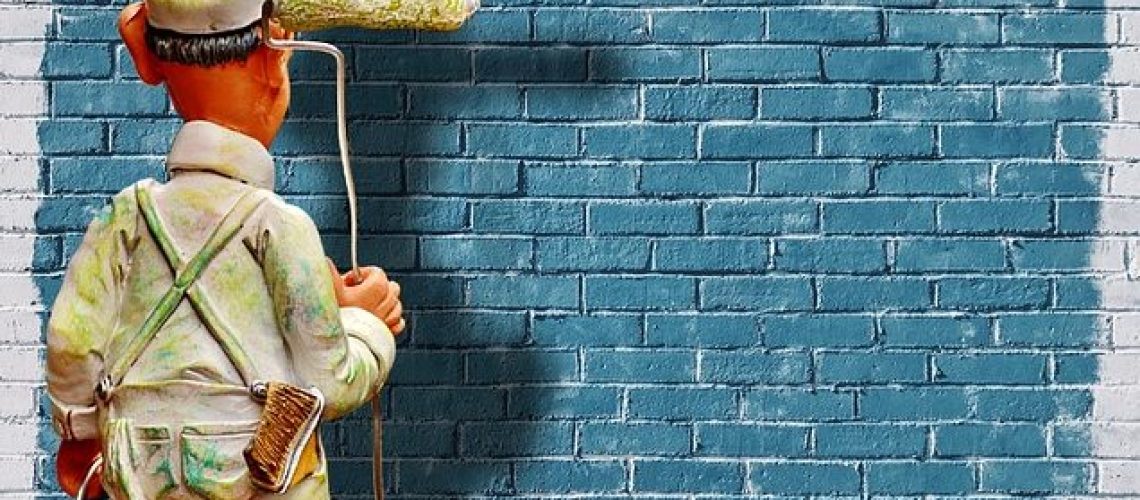For many DIYers and amateur painters, applying a fresh coat of paint on walls seems to be a straightforward task. They think it is as simple as “choosing a paint colour and painting the wall”. Truth be told, painting walls is not an easy task. While both – picking a paint colour and applying it – are integral steps in the process, they are not the only things you need to do to achieve a professional-looking paint job.
So, if you want to know how to paint walls the right way, below is a guide you can refer to. Moreover, the steps listed below are going to help you achieve a high-quality and long-lasting paint finish.
Examine Walls for Flaws
Examine your walls for existing flaws like dents, holes and cracks. Spotting minor or hidden imperfections can be difficult. What you can do is to use a trouble light or something which can be a source of strong light. Close your curtain and turn off the light in the room. Place the trouble light close to the wall, moving it slowly as you examine every area. Use a tape to mark each minor flaw you discover on the walls.
Repair Damages
Before painting your walls, you must fix all flaws or imperfections on it. Scrape off any peeling paint or loose material. Fill hairline cracks and small holes with caulk using a filling knife or mastic gun. Before the caulk dries, smooth it out with a sponge. Meanwhile, if you have large cracks or holes, you need to take into consideration what your walls are made of. After filling the cracks or holes, make sure you even it out using a fine-grade sandpaper.
Clean the Walls
Applying paint on dirty walls is not going to yield good results. Dust, dirt and grease can prevent paint from adhering well and properly to the surface. Apart from having an unappealing paint finish, premature flaking or peeling can happen. So, be sure to clean your walls thoroughly. Use a sponge and a mixture of detergent soap and water. Alternatively, you can use trisodium phosphate (TSP) to effectively and easily get rid of grease and dirt. Remember, wear protective gears like gloves when you decide to use this product.
Put Tape on the Trim
Unless you’ve mastered the cutting-in technique, taping surfaces like trims is necessary to protect them from getting painted on. As much as possible, use painter’s tape and not just any material to ensure that the surfaces are well protected. Moreover, see to it that you tape the surfaces properly. Use a tape applicator to help you accurately and quickly cover the target areas. After placing the tape, press down the edge with a putty knife to seal it and make sure that the paint won’t seep through.
Prime Your Walls
Applying primer is necessary for you to achieve a durable paint finish. Furthermore, the primer enables the top coat’s true colour to come through. Pour some of your primer into a tray. Then, dip your brush (coating a third of the bristles’ length) into the primer, tapping it gently to get rid of excess primer. Next, paint around the edges or borders of your wall. Once this is done, you can switch to your rollers and paint the rest of the area. Let your walls dry; be sure to strictly observe the drying time recommended by the primer’s manufacturer.
Apply the Top Coat
Once the primer is dry, you can now proceed to applying your top coat. Observe the same technique as when you applied your top coat. Start with the borders or edges, brushing a few centimetres away from the taped area or edge. Next, load your roller, making sure that it is evenly coated with paint. Roll in a “W motion” and fill empty patches without lifting the roller. Add paint into the roller as needed and repeat the process until the entire wall is covered. Lastly, slowly remove the painter’s tape while the paint is still wet. This way, you minimise the chance of removing dried paint along with the tape.
Learn how to paint walls the right way. Talk to our professional residential painters. Call us at 086 608 1817 / 085 139 0233.
